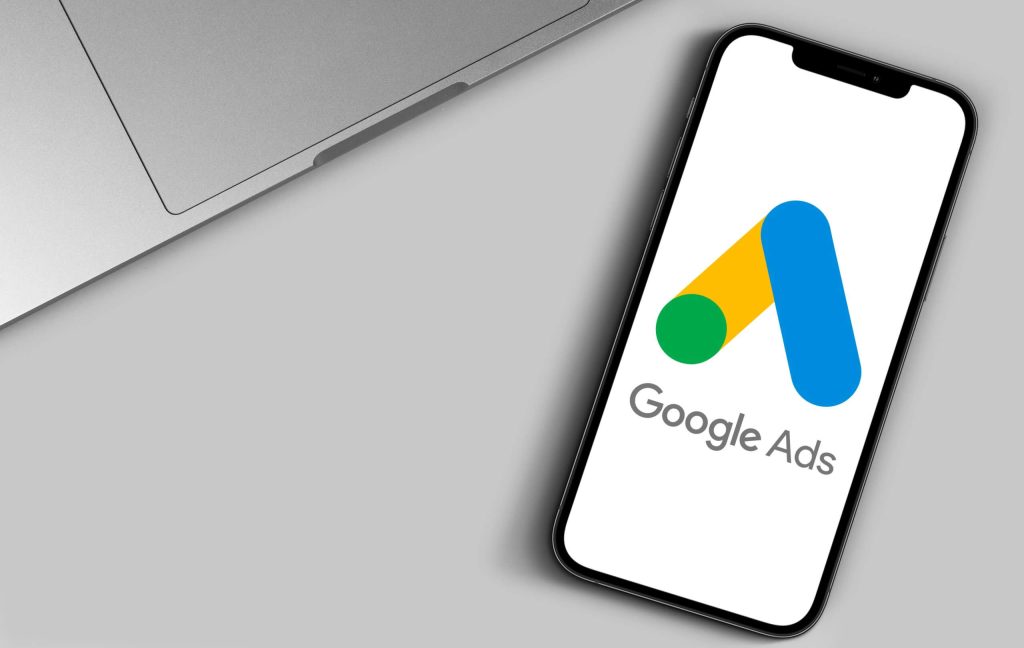A Deep Dive into Meta Campaign Objectives and Best Practices for Facebook Ads
A Deep Dive into Meta Campaign Objectives and Best Practices for Facebook Ads
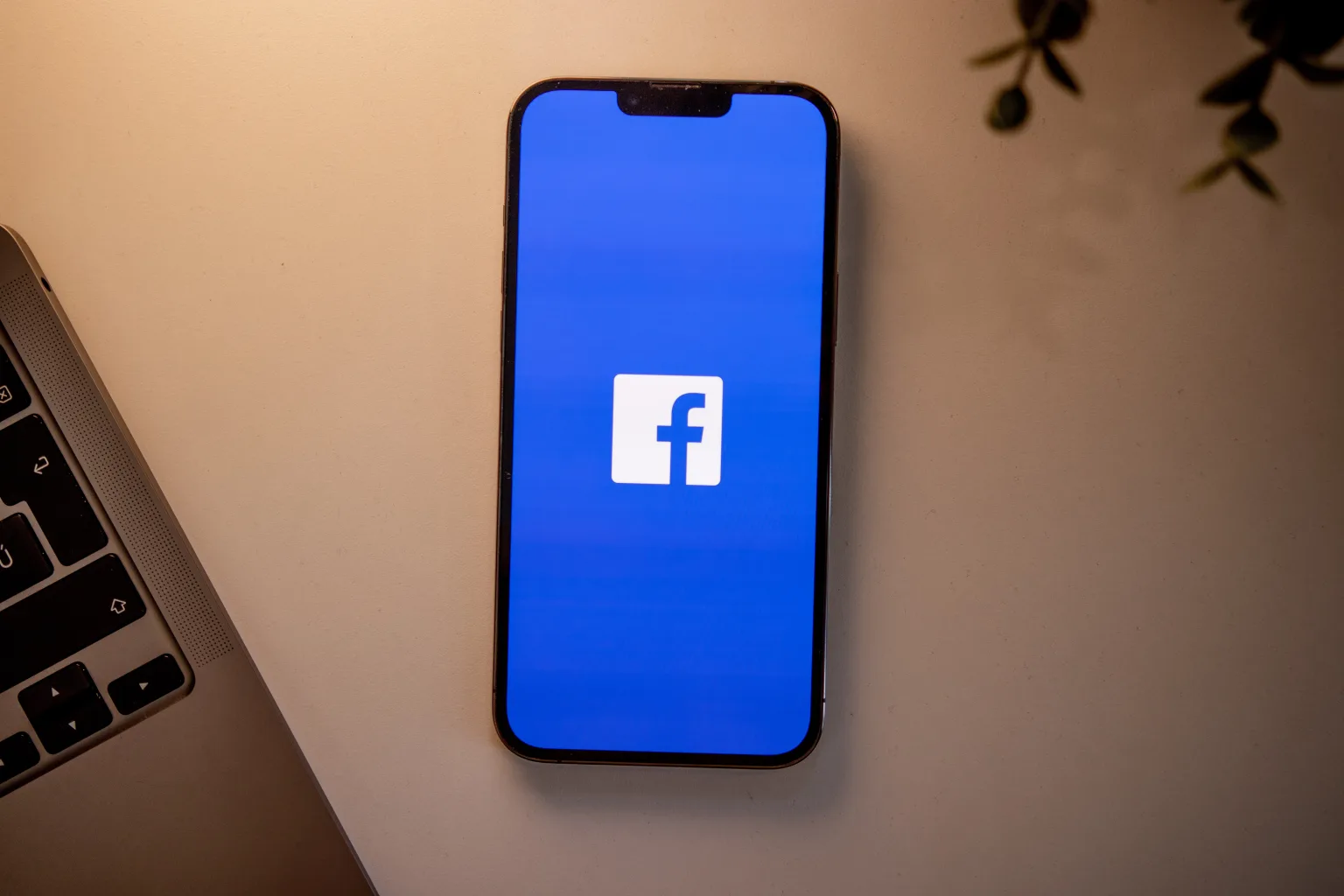
- Introduction
- How Campaign Objectives Dictate Strategy
- Types of Facebook Ad Campaign Objectives
- Pros and Cons of Each Objective
- Choosing the Best Campaign Objective for Facebook Ads
- Testing and Iteration
- Meta Campaign Best Practices
- Conclusion
- FAQs
Introduction
Selecting the right Meta campaign objective is the linchpin of a successful Facebook Ads campaign. A successful campaign can significantly impact the effectiveness of your advertising efforts and help achieve your broader marketing goals. This article will unveil the essential strategies for optimizing your Facebook Ads and ensure they drive impactful results.
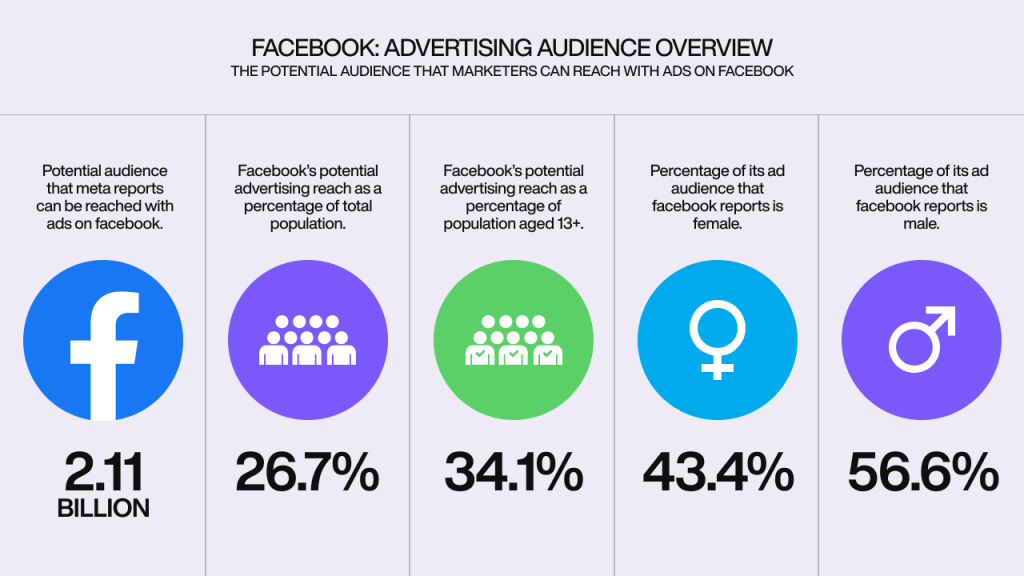
How Campaign Objectives Dictate Strategy
Meta campaign objectives play a pivotal role in shaping the entire landscape of your Facebook Ads strategy. These objectives go beyond mere ad placement; they guide ad creative, targeting decisions, and budget allocation. Here, we’ll explore how different Meta campaign objectives influence these crucial aspects.
Ad Creative
- Brand Awareness: Your ad creative should prioritize eye-catching visuals and compelling storytelling to boost brand awareness. A notable example is Coca-Cola’s iconic holiday ads. These ads aim to create emotional connections with the audience.
- Conversions: On the other hand, if your goal is to drive conversions, your ad creative should focus on concise messaging and strong calls to action. For example, ecommerce giant Amazon often uses persuasive ad copy to drive product purchases.
Targeting
- Traffic: When targeting users for website traffic, consider demographics and interests relevant to your content. An outdoor adventure blog might target hiking enthusiasts or travel enthusiasts.
- Engagement: Engagement objectives target users who are likelier to like, comment, or share your content. For example, A fitness brand may aim to engage fitness enthusiasts.
Budget Allocation
- Reach: If your objective is to maximize reach, allocate the budget to a broader audience or choose ad placements that prioritize visibility. For instance, a local event might aim for high reach leading up to the event date.
- Conversion: Conversely, conversion objectives may require a more focused budget allocation. You may want to target users who are more likely to take the desired action, such as signing up for a newsletter or making a purchase. A subscription box service would allocate the budget accordingly to drive conversions.
By aligning your campaign objectives with your overall marketing goals, you gain a deeper layer of advanced targeting based on user behavior. Imagine you’re targeting women aged 30-45, and you set a campaign objective for traffic. Facebook will optimize for users most likely to click on your ad within that audience. However, this approach might fall short if your ultimate goal is to drive conversions.
By selecting a conversion objective, Facebook refines its bidding and targeting to focus on users within that audience who are more likely to convert after clicking. This ensures that your Facebook Ads attract clicks and drive the desired actions, ultimately maximizing the impact of your advertising efforts.
Types of Facebook Ad Campaign Objectives
Brand Awareness
- Objective: Introduce your brand to a broader audience and enhance brand recall.
- Explanation: Brand awareness optimizes ad delivery for maximum reach and visibility. This is ideal for new product launches.
Reach
- Objective: Maximize the number of people who see your ad.
- Explanation: This tactic aims to reach the highest number of unique users and is useful for broad exposure campaigns.
Traffic
- Objective: This drives users to a designated destination, such as a website or app.
- Explanation: This tactic is beneficial for campaigns that drive traffic to external sites.
Engagement
- Objective: Encourage interactions, likes, comments, and shares.
- Explanation: This tactic aims to foster user interaction, and amplify content reach within the platform.
Conversions
- Objective: Drive specific actions on your website, such as purchases or sign-ups.
- Explanation: This tactic helps optimize actions that align with specific conversion goals.
Pros and Cons of Each Objective
Brand Awareness
Advantages
- Enhanced Visibility: Prioritizing brand awareness maximizes exposure, fostering recognition among a wider audience.
- Top-of-Mind Presence: Positions the brand in the forefront of users’ minds, laying the groundwork for future interactions.
- Effective for New Brands: Ideal for newly launched products or businesses aiming to establish a presence in the market.
Disadvantages
- Limited Actionable Metrics: Brand awareness campaigns may need more direct, measurable actions, making it challenging to assess immediate ROI.
- Potentially Broad Targeting: Pursuing wide-reaching visibility might result in exposure to audiences less likely to convert.
Appropriate Scenarios for Brand Awareness
- Product Launch: Perfect for introducing new products or services to a broad audience.
- Brand Expansion: Useful when entering new markets or increasing overall brand recognition.
- Building Authority: Effective for positioning the brand as an industry authority or thought leader.
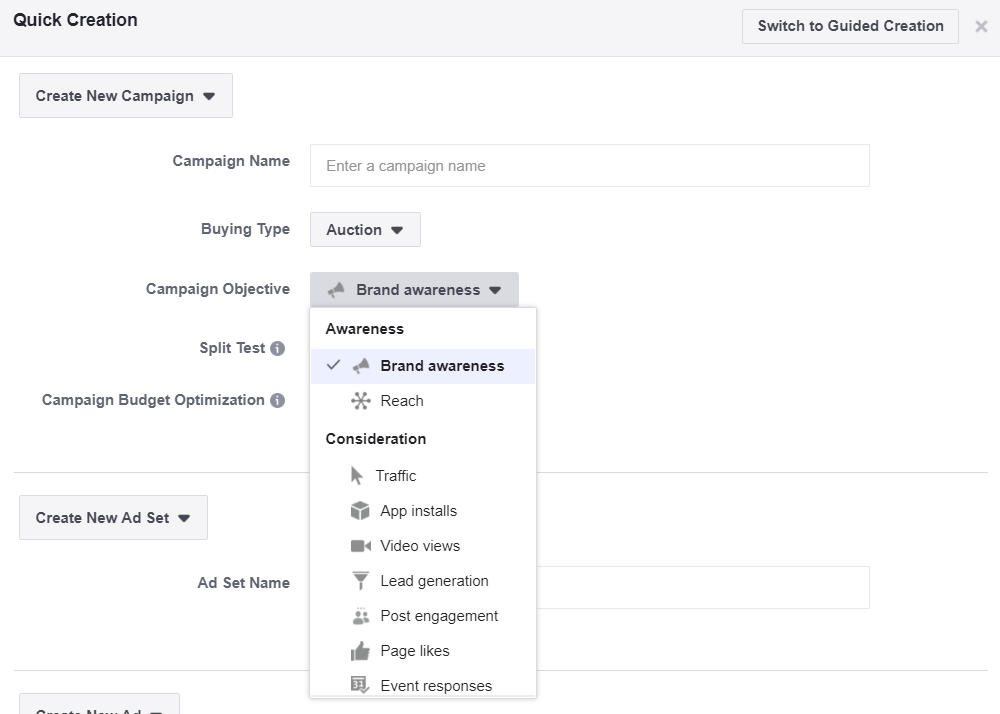
Reach
Advantages
- Broad Audience Reach: Reach objectives prioritize exposing the ad to the maximum number of unique users.
- Ideal for Limited-Time Promotions: Effective for time-sensitive promotions or events requiring swift and extensive visibility.
- Brand Exposure: Enhances brand visibility by ensuring the ad reaches a diverse audience within the platform.
Disadvantages
- Limited Interaction: Emphasizing reach may not prioritize engagement metrics, potentially resulting in lower interaction rates.
- Less Targeting Precision: This may reach a broader audience but with less precision in targeting specific demographics or interests.
Situations Where Reach Objectives Excel
- Event Promotions: Ideal for promoting events, gatherings, or limited-time offers where broad awareness is crucial.
- Product Launch: Effective for quickly introducing a new product to a wide audience.
- Time-Sensitive Campaigns: Appropriate for urgent campaigns, such as flash sales or limited-duration promotions.
Engagement
Advantages
- Increased Interaction: Prioritizing engagement objectives fosters higher interactions, including likes, comments, and shares.
- Enhanced Organic Reach: High engagement often correlates with increased organic visibility, extending the campaign’s reach.
- Community Building: Effective for building a loyal community around the brand, fostering a sense of connection.
Disadvantages
- Varied Quality of Engagement: High engagement is positive, but it may not always translate to quality interactions or conversions.
- Potential for Lower Reach: Focusing on engagement might not maximize the ad’s reach compared to other objectives.
Effective Scenarios for Engagement Objectives
- Promoting Social Causes: Ideal for campaigns supporting social causes or initiatives that thrive on community involvement.
- Interactive Content: Effective for ads featuring polls, quizzes, or interactive content encouraging user participation.
- Building Brand Advocacy: Suitable for brands seeking to cultivate a community of advocates who actively engage with and promote the brand.
Traffic
Advantages
- Increased Website Visits: Traffic objectives prioritize directing users to your website, increasing overall site visits.
- Enhanced Analytics: Enables website metrics tracking, helping assess user behavior, source of traffic, and other valuable insights.
- Opportunity for Conversions: While not conversion-focused, increased website traffic provides opportunities for on-site conversions.
Disadvantages
- Varied Quality of Traffic: Driving traffic does not guarantee high-quality leads or conversions; users may visit without taking desired actions.
- Dependent on Website Experience: The success of traffic objectives relies on the website’s user experience and content quality.
- Potential for High Bounce Rates: Users may navigate away quickly if the landing page doesn’t meet expectations, leading to high bounce rates.
Effective Scenarios for Traffic Objectives
- Blog or Content Promotion: Ideal for directing users to informative blog posts, articles, or content-rich pages.
- Event Registrations: Effective for campaigns aiming to drive users to event registration pages on the website.
- Product Catalog Exposure: Suitable for ecommerce businesses looking to showcase a variety of products on their website.
Conversion
Advantages
- Direct ROI Measurement: Conversion-focused campaigns allow precise tracking of actions directly contributing to ROI.
- Optimized for Specific Goals: Tailored for achieving specific objectives, such as purchases, sign-ups, or lead generation.
- Higher Quality Leads: Generally attracts users more likely to take desired actions, leading to higher-quality leads.
Disadvantages
- Potentially Higher Costs: While focused on conversions, the conversion cost may be higher than other objectives.
- Narrower Audience Reach: This may not reach as broad an audience as awareness-focused campaigns.
- Challenging for New Brands: Establishing trust and awareness before conversion can be challenging for newer brands.
Best Practices for Conversion Optimization
- Clear Call-to-Action (CTA): Ensure a compelling and clear CTA guiding users toward the desired action.
- Mobile Optimization: With increasing mobile usage, optimize campaigns for a seamless mobile experience.
- A/B Testing: Experiment with different ad creatives, copy, and targeting to identify the most effective combinations.
- Landing Page Optimization: Align ad messaging with landing page content for consistency and improved conversion rates.
- Retargeting Strategies: Implement retargeting to re-engage users who visited the site but did not convert initially.
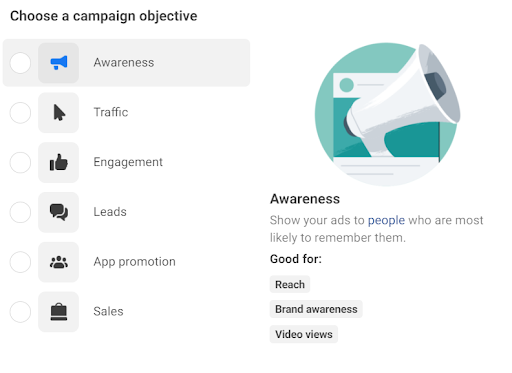
Choosing the Best Campaign Objective for Facebook Ads
The chosen objective serves as the guiding force behind your campaign. These objectives influence everything from ad delivery to the overall campaign strategy. Each objective shapes the trajectory of your campaign and determines the metrics used to measure success. Careful consideration and alignment with broader marketing goals are key to making this decision effectively. Keep the following in mind when choosing your campaign objective:
- Clarify Goals: Define overarching marketing goals.
- Know Your Audience: Understand target audience preferences.
- Budget Alignment: Assess campaign budget constraints.
- Customer Journey: Align with the customer journey stage.
- Define Metrics: Identify key performance indicators (KPIs).
- Creative Alignment: Match ad creative with the chosen objective.
- Learn from the Past: Review the performance of similar past campaigns.
- Competitive Insight: Analyze your competitor’s objective strategies.
- Product Alignment: Consider product or service characteristics.
- Seasonality Impact: Factor in seasonal trends and industry shifts.
Testing and Iteration
Testing and iteration are pivotal for achieving optimal results. Here’s why they matter:
1. Testing for Effectiveness: To discover the most effective campaign objectives, don’t hesitate to experiment. Run campaigns with various objectives simultaneously or sequentially. Analyze their performance based on your predefined KPIs. This testing phase unveils the objectives that resonate best with your audience and drive desired outcomes.
2. The Iterative Process: Facebook Ads campaigns are rarely a one-shot success. They thrive through an iterative approach. As you gather data and insights, be prepared to make adjustments. Tweak ad creative, targeting options, and even objectives when necessary. The iterative process fine-tunes your campaigns over time, maximizing their efficiency.
3. Adapting to Audience Behavior: Audience behavior evolves and changes market dynamics. What worked yesterday may not yield the same results tomorrow. Regularly review and analyze campaign performance metrics. If an objective isn’t delivering the desired results, pivot and try a different one. This adaptability ensures your Facebook Ads remain aligned with your marketing goals.
4. Continuous Optimization: The digital landscape is in constant flux, and Facebook Ads are no exception. Embrace continuous optimization. Test new objectives, explore fresh ad formats, and refine targeting criteria. By staying agile and open to change, you position your campaigns for long-term success.
Meta Campaign Best Practices
Mastering Meta Campaign Objectives is the key to unlocking exceptional results. Check out the best practices that elevate your Facebook Ads to new heights.
- Align with Broader Goals: Start by aligning campaign objectives with business goals, ensuring every ad dollar serves a strategic purpose.
- Match Objective to Strategy: Match specific campaign objectives with corresponding strategies to maximize Facebook Ads’ impact.
- Optimize Ad Performance: Enhance ad relevance, click-through rates, and engagement through compelling creative, precise targeting, and continuous ad copy refinement.
- Leverage Data Insights: Regularly monitor KPIs aligned with objectives, using Facebook’s analytics to make informed adjustments for better campaign outcomes.
- Embrace Continuous Learning: Stay current with industry trends and best practices, fostering a culture of experimentation and adaptation for ongoing success in digital marketing.
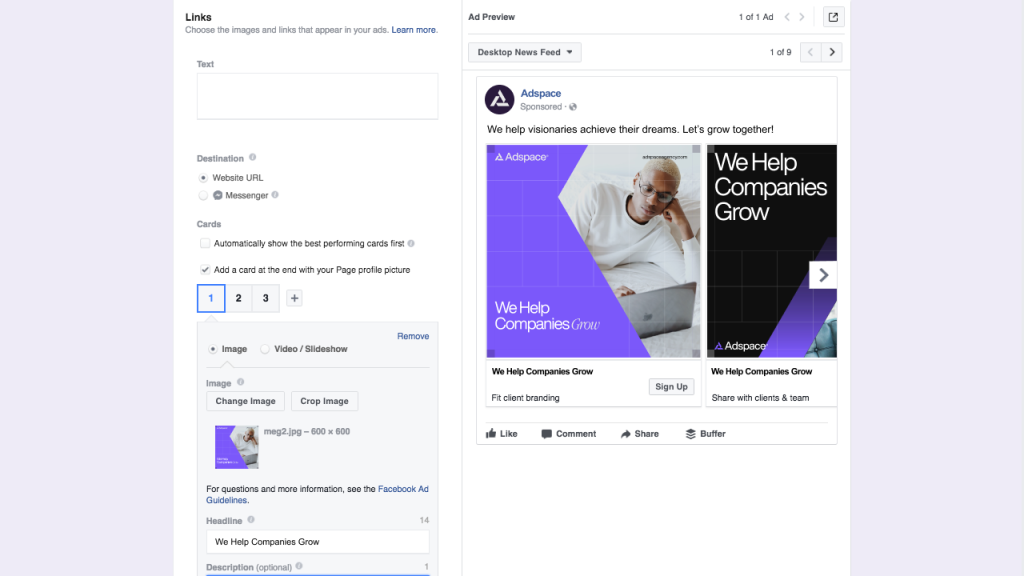
Conclusion
By aligning your objectives with your broader business goals, adopting tailored strategies, and leveraging data-driven insights, you can unlock the full potential of your Facebook advertising efforts.
For expert guidance and tailored digital marketing solutions, contact Adspace, your trusted partner in achieving advertising excellence. Unlock your full potential in the world of Facebook advertising with Adspace.
FAQs
How do I choose the right Meta campaign objective for my ad campaign?
Choosing the right objective depends on your overall marketing goals. Consider whether you want to increase brand awareness, drive website traffic, boost conversions, or achieve other specific outcomes. Align your objective with your broader business objectives.
Can I change my campaign objective after creating an ad campaign?
Yes, you can change your campaign objective after creating a campaign, but it’s essential to understand that doing so may affect your campaign’s optimization and results. It’s generally recommended to set the right objective from the beginning for better performance.
What are some best practices for selecting Meta campaign objectives?
Best practices include aligning your objectives with broader business goals, matching objectives to specific strategies, optimizing ad performance, leveraging data insights, and continuously learning and adapting to industry trends.
Are certain campaign objectives more suitable for specific industries or businesses?
Yes, certain objectives may be more suitable for specific industries or business types. For example, ecommerce businesses may focus on conversion objectives, while brand-focused companies may prioritize brand awareness objectives. It depends on your unique business needs.
How do I track the performance of my ad campaigns based on the selected campaign objectives?
You can track campaign performance through Facebook Ads Manager, which provides detailed insights and metrics related to your selected objectives. Key performance indicators (KPIs) vary depending on the objective, such as reach, impressions, clicks, conversions, or engagement metrics.
Can I use multiple campaign objectives within a single ad campaign?
No, each ad campaign should have a single primary campaign objective. Using multiple objectives in one campaign may lead to conflicting optimization goals and result in suboptimal performance.
What are the key differences between different Meta campaign objectives?
Each campaign objective serves a distinct purpose. For example, brand awareness focuses on increasing visibility, while conversions aim to drive specific actions like purchases. Understanding these differences helps tailor your strategy.
How can I optimize my ad creative and targeting to align with my selected campaign objective?
To optimize ad creative and targeting, ensure they are aligned with your chosen objective. For example, conversion-focused ads should have a compelling call-to-action and target audiences likely to convert.
Where can I get expert guidance and assistance with Meta campaign objectives and Facebook advertising?
For expert guidance and tailored digital marketing solutions, consider contacting Adspace, a trusted partner in achieving advertising excellence. They can provide the expertise and support needed for successful Facebook advertising campaigns.
Download our free guide to learn how to measure SEO ROI through content marketing
Download Download







